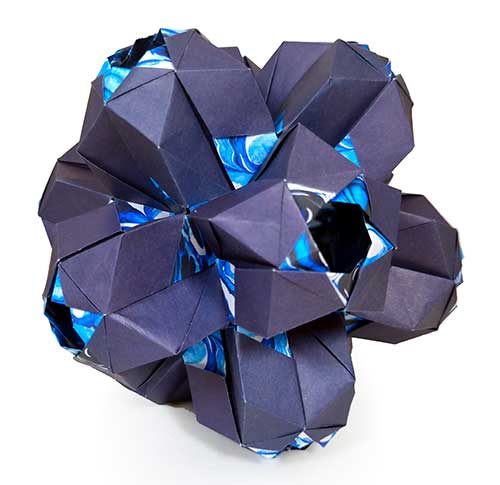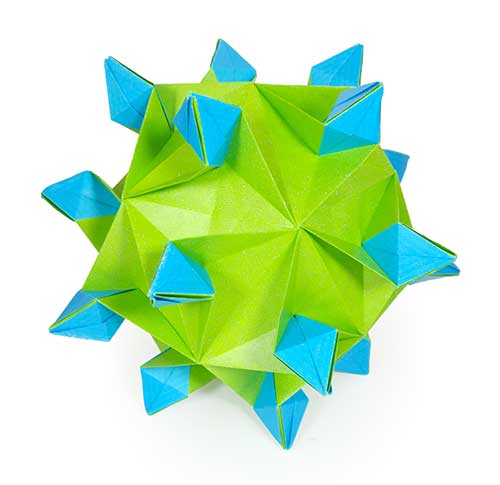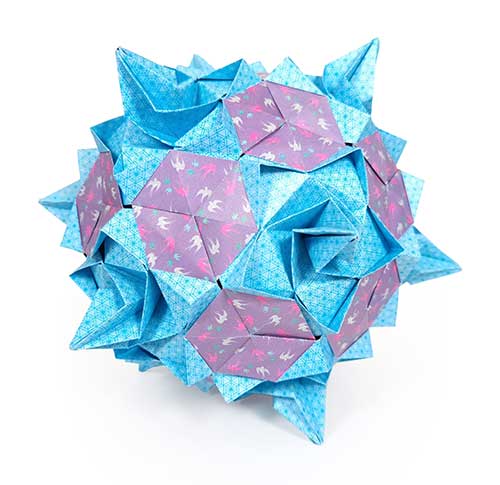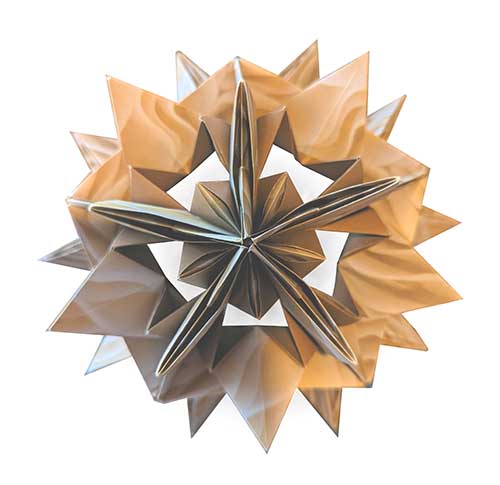There is a truly marvellous array of paper available in the world, but only a small proportion is made with origami in mind. The most beautiful papers are often too thick, too thin, or too soft to hold folds. With the ever-growing complexity of models being produced, there is always a need for thinner, crisper, and robust paper to allow artists to bring their creations to life!
To match their constructive prowess, origami artists have devised methods of paper preparation that aim to either improve the tensile strength of paper, improve their ability to take and hold creases, or even modify the colour of useful papers.
We provide information about 4 techniques that can be used to create a vast array of robust and attractive papers. Most of these techniques require practice to build competence and skill, so do not be disheartened if you ruin a few pieces of paper while improving. As this is just an introduction to these techniques, take what you learn and get creative, see what you can make and how you prefer to make it. We hope you can use these ideas to take the creation of your own models to the next level!

Methyl Cellulose (MC)
Commonly referred to as sizing, MC is a water-based glue similar to the glue used to bind fibres in the paper making process.
Read More
Double Tissue
More creation than preparation, it was discovered that using MC to bind two sheets of normally weak tissue paper together increases their tensile strength dramatically, all while preserving the miniscule GSM of the paper.
Read More
Tissue Foil
This is another form of paper creation using tissue paper glued to a sheet of aluminium foil. The aluminium foil adds strength and phenomenal shaping ability, while the tissue paper adds great colour variability.
Read More
Painting
The easiest way to get the colour you want for your model is to blend it yourself. Acrylic paints are the best to use for this.
Read More




